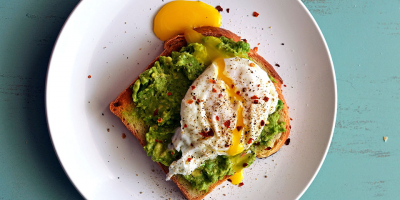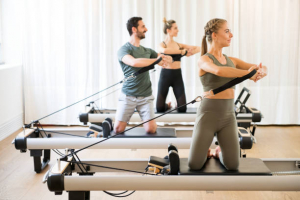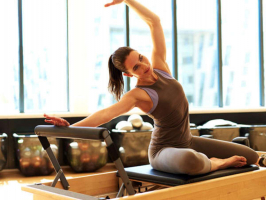Top 10 Most Common Myths about Exercise
There is no shortage of 'professional' fitness and exercise advice available. Nearly everyone seems to be an expert on how to exercise and get the best ... read more...results, from fitness blogs to celebs to that friend who just joined a gym and won't stop talking about it. Of course, not all of that data is true or even based on science. Some of the most widespread notions about exercise are merely urban legends that, when repeated often enough, come to seem accurate even when they are unsupported by fact.
-
The saying "no pain, no gain" is one that almost all of us are familiar with. Trainers frequently utilize it to encourage clients to work harder. It refers to the widely believed notion that you must experience some level of discomfort or soreness after working out in order to reach your fitness goals. Additionally, we believe that just because a particular exercise causes more pain than another, it must be superior.
Now, it's entirely normal to have some soreness in your muscles after working out, but just for the first few days if you stay at home and don't exercise frequently. As part of the body's natural reaction to a relatively new, atypical sort of exercise, that kind of pain actually helps the muscles by making them stronger. To attain your goals more quickly, this does not imply that you should hunt for increasingly difficult exercise regimens.
Exercise shouldn't be painful on a regular basis, even though some pain is acceptable and even normal. Exercise is the same as, for example, an open wound in that pain is the body's method of alerting you that something is wrong. Ignoring this warning could exacerbate whatever is causing it and possibly result in longer-term problems.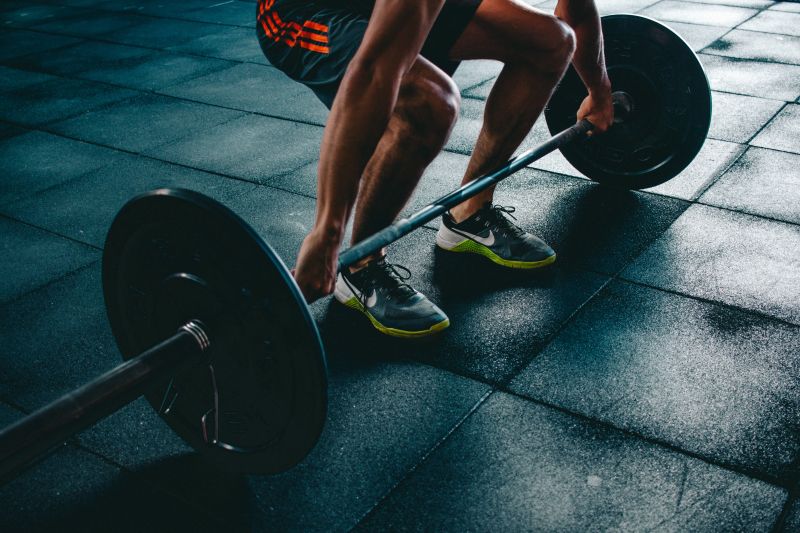
Image by Victor Freitas via pexels.com 
Image by Li Sun via pexels.com -
Any workout that targets a specific area of the body to lose body fat is referred to as spot reduction. An effective way to lose abdominal fat is to perform crunches. Even folks who wanted to reduce the fat on the back of their arms would work their triceps. Despite the fact that no studies have ever shown that it works, the notion that it is feasible to target a specific body area for weight loss is fairly common.
Because fatty acids and glycerol can be burned from any part of the body, not just the one you're working out in at the moment, it is biologically impossible to target certain areas of the body to burn fat from.This myth not only misrepresents the relationship between exercise and weight reduction, but it also misleads you into believing that you can reach your objectives by exercising only a portion of your body and ignoring the rest.
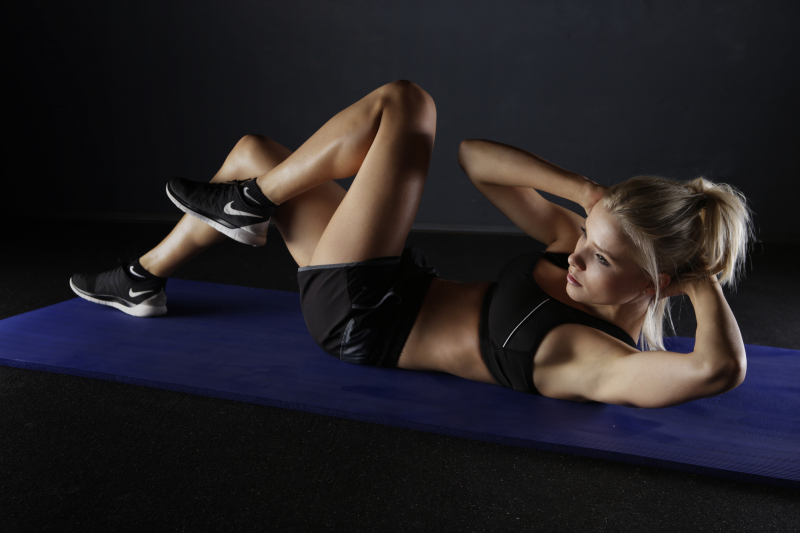
Image by Pixabay via pexels.com 
Image by The Lazy Artist Gallery via pexels.com -
Detox diets have been incredibly popular over the last few years. A detox diet can take many different shapes, but at its most basic level, it usually entails ditching everything that can be detrimental and substituting your regular food with healthier, lower-calorie options. Since they are primarily intended for those trying to reduce weight, they frequently include fasting as well.
Despite being widely used, detox diets have never been shown to help people lose weight. In some controlled studies, patients did lose weight during detox diets, but it turned out that this was due to a loss of fluid and carbohydrate storage rather than fat. As soon as they stopped their cleanse, they all gradually gained back all of their weight.
Given that many people claim to feel better after following a detox diet, it is possible that there are additional advantages to them. That might simply be because they cut out unhealthy foods like alcohol from their diet, which is generally sound health advice to follow.
Image by Anastasia Shuraeva via pexels.com 
Image by Mustafa Erdağ via pexels.com -
Many online weight reduction regimens and other weight loss programs are based on the principle of exercising first thing in the morning. It is commonly accepted since it is rational. When the body runs out of carbs to burn, it will naturally turn to its fat reserves, which will help you lose weight more quickly.
However, numerous scientific studies have demonstrated that there is no connection between how much you eat prior to working out and weight loss. Fasting only serves to reinforce the widely held but false belief that there is a best time to exercise during the day, which is just before eating. It also makes you weaker and more ravenous during a workout. Even though it's okay to work out after eating, avoid doing the more challenging portions of the program right after a very large meal.

Image by Sora Shimazaki via pexels.com 
Image by Andrea Piacquadio via pexels.com -
Our schedules typically include exercise as a morning activity. Although you'd find people working out in the gym at nearly any time of the day, the majority of people perform the majority of their daily workouts in the morning, or as soon as they get up, whenever that may be.
Without a doubt, exercising in the morning has its advantages. Among other things, it keeps your mood up for the remainder of the day and greatly improves your ability to maintain and follow a daily routine. However, there are just as many advantages to exercising in the afternoon and evening as there are drawbacks to exercising in the morning.
There isn't really a perfect time to exercise, and forcing yourself to choose a time that may not be ideal for you could really hurt your overall fitness. According to experts, it's much more crucial to keep to the time you choose to exercise than the actual time.
Image by Pixabay via pexels.com 
Image by Nathan Cowley via pexels.com -
Running is one of the simplest exercises one can do to stay in shape, but there are still many competing theories on how to do it properly. While some people insist that nothing compares to the rush of running outdoors, the notion that a good treadmill can precisely match that — and even top it — has acquired a lot of traction in recent years.
Which one is therefore genuinely superior? Treadmills certainly offer an effective, regulated environment for jogging and achieving fitness goals, but they cannot replace running outside. As opposed to the relatively monotonous surface of a treadmill, the natural bumps and uneven terrain found outside are helpful for the body's posture and gait. Your natural stride may gradually shift as a result of treadmill running.
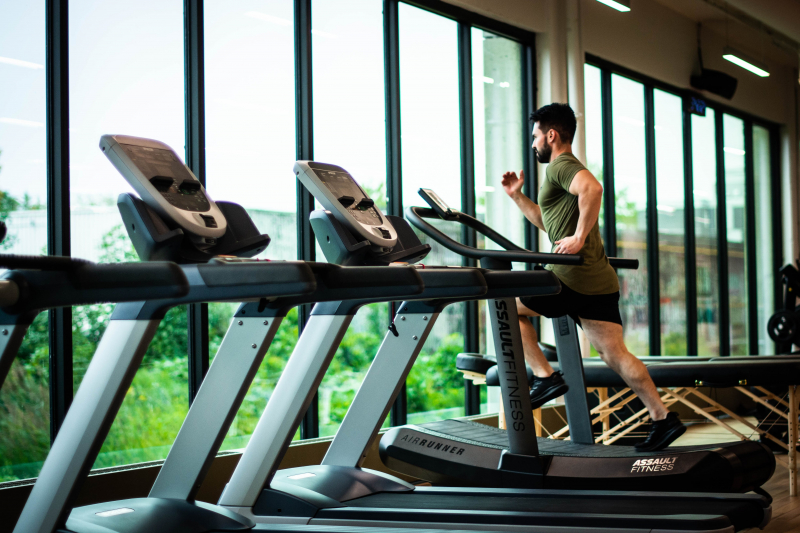
Image by William Choquette via pexels.com 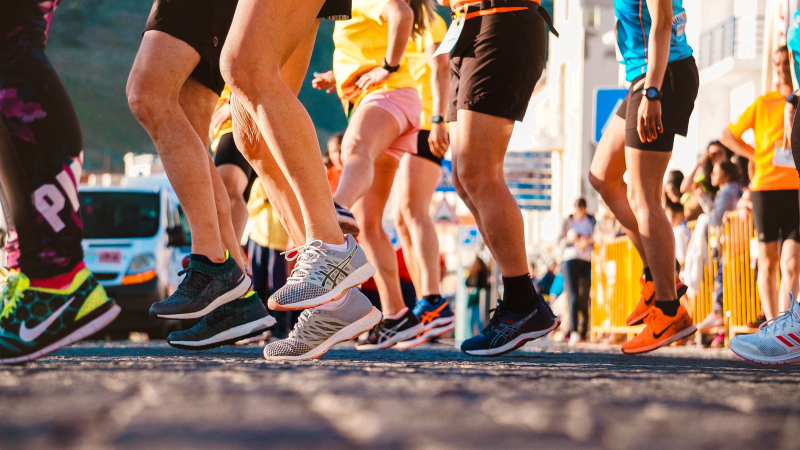
Image by RUN 4 FFWPU via pexels.com -
Yoga is typically seen as a less demanding and simpler form of exercise than other, more popular fitness regimens. Yoga injuries are not as serious as, example, serious injuries sustained during a rigorous core-building practice. Trainers and therapists frequently suggest it as a safer, more manageable substitute for routine exercise.
However, there is no proof to back up the claim that yoga is a simpler form of other workouts. Yoga can actually result in injuries at a rate that is comparable to other sports, according to one study. Yoga is as hard and serious as most other common forms of exercise, and it can even exacerbate existing pain. According to the same study, practicing yoga caused roughly 21% of all injuries to worsen.

Image by Roman Davayposmotrim via pexels.com 
Image by cottonbro studio via pexels.com -
The notion that you must stay hydrated throughout an exercise, even against your will, is not that ancient. Athletes were warned in the 1970s to avoid drinking any fluids prior to competitions since the added weight might cause them to perform worse. It's all about the fluids now, and water alone won't cut it. There are many well-known sports beverages on the market that claim to hydrate you better than water and even improve your performance.
That is primarily just a means to sell more sports drinks, as you may have guessed. Their main argument is that the body's natural thirst mechanism is insufficient to guide you over when and what to drink in order to maintain proper hydration. Studies show, however, that consuming water just when your body requests it enhances performance and is actually the best way to stay hydrated. Sports drinks also include a lot of sugar and have few medically verified advantages. We only think they work because of brilliant marketing.

Image by Geovane Souza via pexels.com 
Image by Alena Darmel via pexels.com -
Many nutritionists and other specialists in weight loss contend that exercising makes you more hungry, which could cause you to eat more than you normally would and result in weight gain, erasing any weight you may have lost while exercising. Even though it is untrue scientifically, the notion that overeating might somehow negate the benefits of exercise is pervasive and frequently repeated.
According to research, any weight you lose when exercising is unrelated to your diet. Of course, this does not negate the importance of diet, but it is simply untrue to believe that excessive eating will cause you to regain the weight you lost through exercise. Just take a look at elite athletes, who eat a lot of food and are still among the fittest people you can find.

Image by Leon Ardho via pexels.com 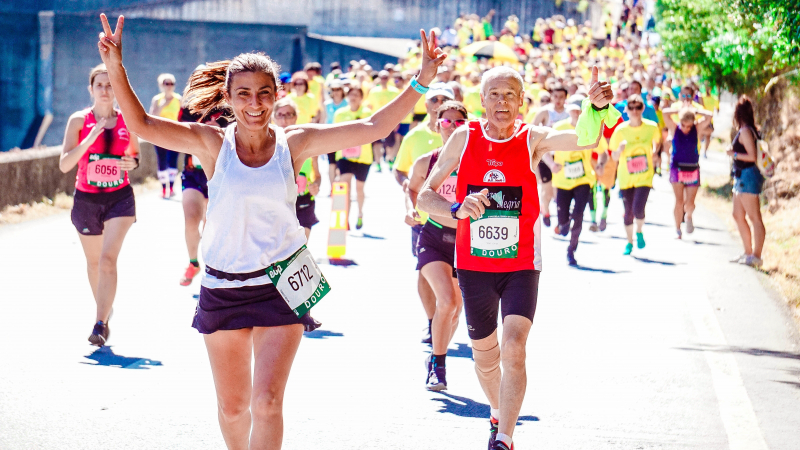
Image by RUN 4 FFWPU via pexels.com -
You don't need to exercise to be aware of this. Many people, even certified trainers, think that stretching before exercising has a number of advantages. It enhances performance, gets the body ready for a physically demanding activity, and helps you get fitter overall.
But increasing evidence is showing that the belief is unfounded. Stretching before exercise actually hinders athletic performance in many ways, according to numerous research. Although investigators studied rates of soreness among persons who stretched before exercise and the ones who didn't, they didn't find much of a difference, despite the fact that we believe stretching makes muscles less prone to damage. In fact, extending a cold, tight muscle might actually make you more likely to be hurt while working out.
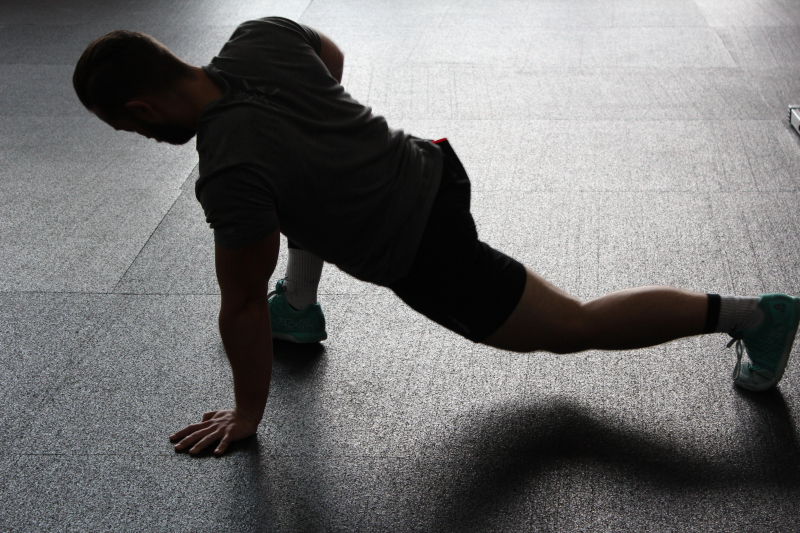
Image by Pixabay via pexels.com 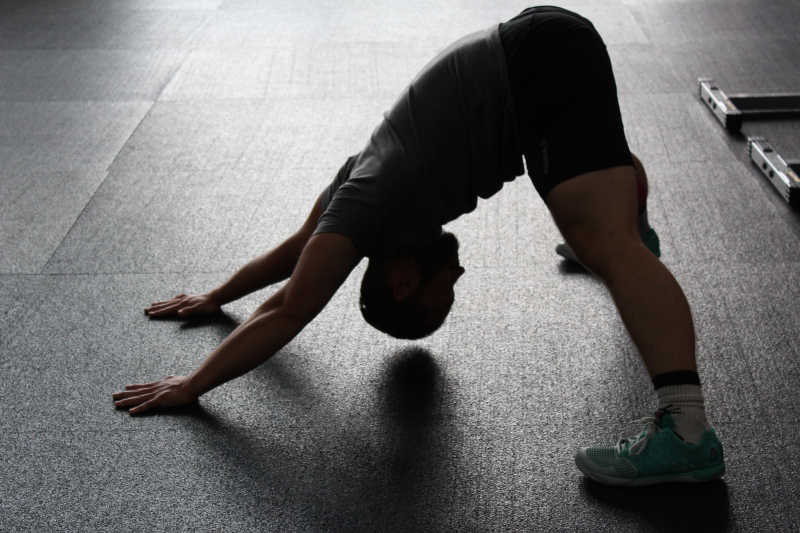
Image by Pixabay via pexels.com















